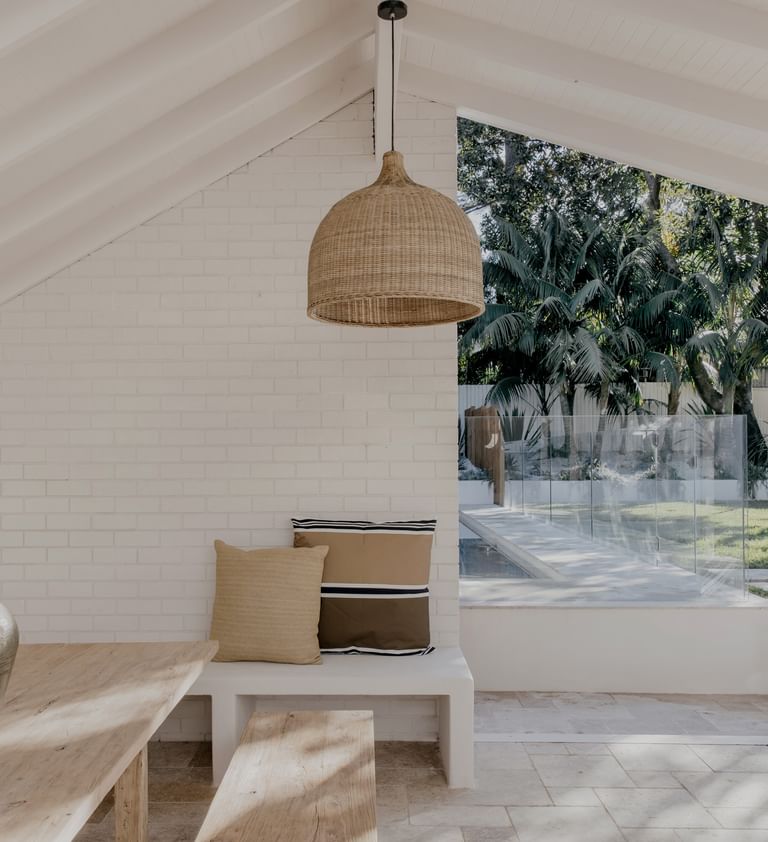
Price movements
Australian property prices continue their upward trajectory, recording another period of strong median price increases for both houses and units. Recent lowered inflation results have improved sentiment surrounding the possibility of multiple interest rate reductions, growing confidence for those looking to transact.
Continued increases in population combined with subdued supply levels, thanks to concern around construction costs, will likely fuel continued price growth across the country. The median Australian house price currently sits at $855,668, representing a 9.7 per cent improvement over the last 12 months. Units continue to grow at a slower pace, recording a 7.4 per cent increase over the same period to a median of $638,494.


Over the past month we’ve seen Sydney and Melbourne lead the charge, recording 1.1 per cent growth to represent a median house price of $1,538,136 and $1,043,622 respectively. These regions continued to be pressured by strong population gains, translating into greater annual increases. Perth, however, continues to be the standout performer over the past year, but on a monthly basis growth has slowed; the overarching mismatch in demand and supply in this market will ensure continued price growth from the current $743,340 median.


Similarly to the housing market, unit growth has shown robust results in Melbourne, up one per cent this month, improving annual growth to 4.3 per cent. Sydney has also seen strong gains, up 0.8 per cent, while Perth and Brisbane are showing slower signs of monthly growth, albeit remaining some of the best performing markets on an annual basis. This period, we’ve seen Adelaide move into the highest annual growth market for units, up 12.1 per cent this year to $510,902.


The fundamentals of the strong mining sectors continue to dictate demand for housing in many regional markets. South Australia and Western Australia continue to show the greatest annual growth at 14.7 per cent and 14.4 per cent respectively, however monthly increases have started to slow.
We’ve seen total house prices continue to grow across regional Australia, with listing numbers increasing notably in beachside destinations. As a result this is starting to translate into improved prices across markets, with New South Wales, Victoria and Queensland now recording some of the greatest monthly results across the country.


While South Australia and Western Australia continue to record the greatest annual improvements across units in regional markets, we’ve seen signs of slowing with monthly results falling marginally into negative. Units in regional markets of New South Wales and Victoria are now moving at a greater rate of speed, up 0.5 per cent this month. However, annual growth in these regions still remains less than half of South Australia and Western Australia results.


Listings Activity
Listing numbers in January trended slightly below 2022 results, but have rebounded in February with total listings recorded ahead of the same period in both 2022 and 2023. Improved confidence surrounding interest rates are the major driver for increased activity, with total listings for the month of February sitting at 56,882, an 18.5 per cent improvement on 2023 results.


Monthly listing numbers are substantially up in capital cities compared to the slow January holiday period. Hobart has recorded the smallest change, up five per cent this month yet still slightly behind last year’s results. Despite Darwin’s strong increases this month, it too is yet to hit last year’s results. Across total capital cities, the monthly improvement is 34 per cent - or 24 per cent over the year. Canberra has had the greatest monthly improvement, up 78 per cent. Sydney and Melbourne have both recorded a 42 per cent increase with the listing volume in Melbourne exceeding that of Sydney.


Across regional markets, the Northern Territory has seen the greatest movement, however this market can show much volatility. This month, we’ve seen over a 100 per cent increase in listings, up 58.8 per cent on last year. Western Australia and South Australia continue to lag behind previous years with assets tightly held, given robust demand for both investment and rental accommodation in these high mining areas. Regional Victoria has rebounded, up 30 per cent this month and recording over 18 per cent improvement on the past 12 months.


Auction Insights
Clearance rates are showing signs of strength into 2024, after average clearance rates remained subdued for much of 2023. There are early signs suggesting these rates will continue to improve this year. While stock levels are starting to improve, robust confidence fueled by possible interest rate reductions will continue to create competition and improved clearance rates. For February, this was recorded at 73.8 per cent, well ahead of any results seen in 2023.


Ray White bidder activity has seen some decline in the month of February however it’s still trending ahead of 2023 results. As listing levels increase there may be some pressure on these levels going forward, however, improved sentiment surrounding transactions is expected to be maintained this year, which may further increase activity levels.




February was a strong month for the Ray White Group, recording $7.38 billion in revenue, up on the same month in 2022 and 2023. The largest increases were in our South Australia/Northern Territory and Western Australian businesses, up 57 per cent and 44 per cent on last year respectively. All markets however saw an uplift, including our Commercial business, where conditions continue to be more challenging than the buoyant residential market.







